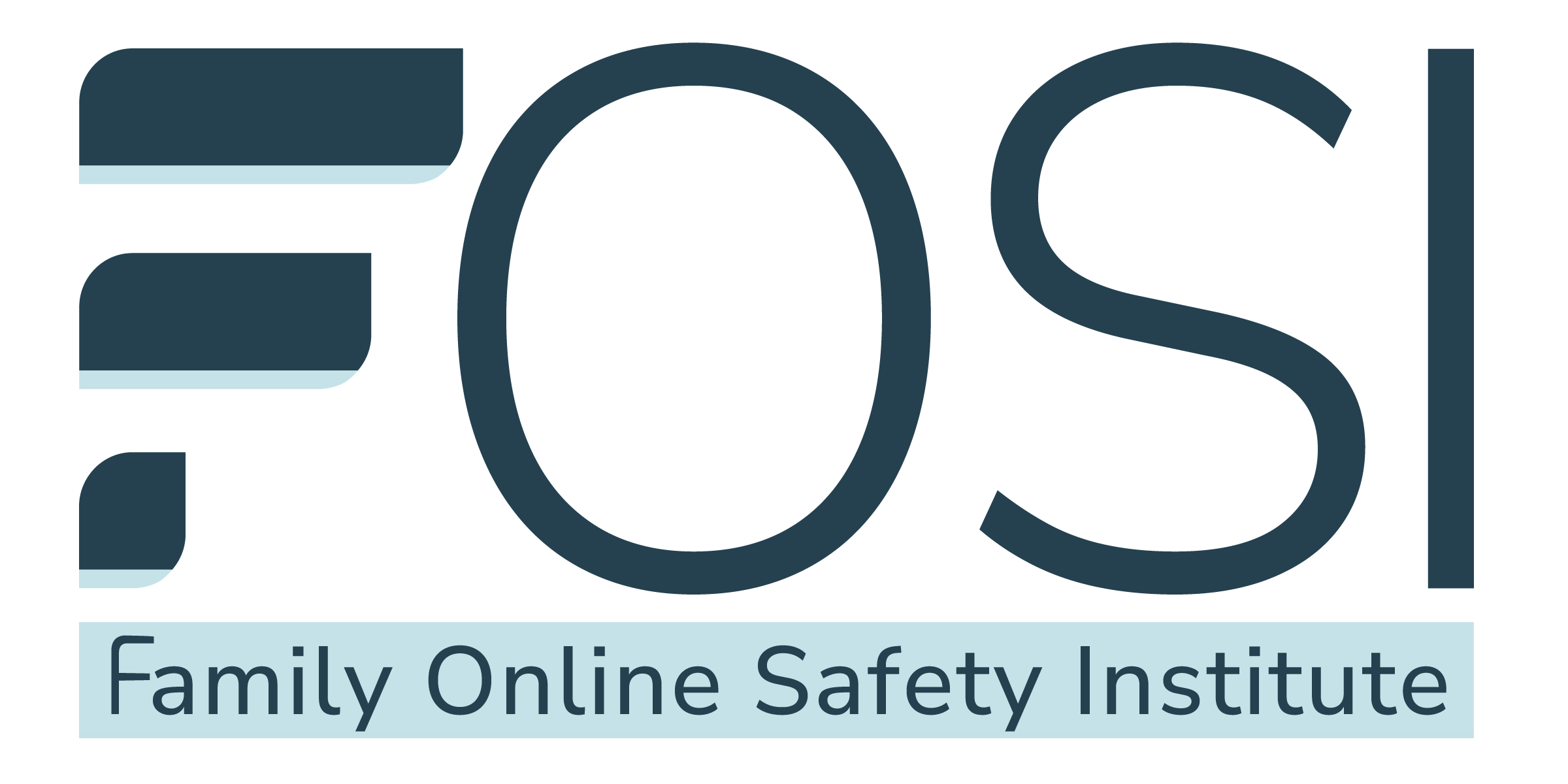The dangers of the internet can seem formidable and overwhelming when you allow your kids to create accounts on social media. How can you ensure their safety and general well-being while online? Here are some key tools and strategies to share with your kids to ensure their digital wellness and safety.
Be aware of the impact of what they say and do
How kids and teens behave online shapes the digital environment they create for themselves and their network. Social media is interactive and reflective, so negativity is often met with more negativity, but the same is ALSO true of positivity. When you’re kind, it inspires others to be kind too! Youth have the power to build a healthy, positive environment online by treating others with kindness and respect in the digital world. Kids' engagement online is an extension of their real selves and should be treated as such.
Evaluate the digital content and accounts they interact with regularly
We control our social media destiny (aka who we follow and who can follow us). There are a few ways young people manage their feed online to be constructive and reflect their values. Youth on social media must determine what their goals are online so that they can better curate the accounts they follow and engage with. All social media accounts give users the option to block accounts (which means no more comments, messages, or content from them) and require approval for follows. It’s also a good idea to check-in regularly and evaluate how the accounts they follow make them feel. If a “positive” account’s content makes them feel bad or uncomfortable, it’s time to unfollow them.
Don’t take everything at face value
Evaluating the credibility of information online is a necessary skill for youth as recent trends favor the rapid spread of sensationalized or false information on social media. It is every user’s responsibility to evaluate the credibility of sources and information they encounter online.
Source Credibility Check:
- Find the author and see if they are knowledgeable in the field they are writing about and determine if they have any bias on this topic.
- Determine if the information is backed by research rather than opinions and see if it is up- to-date.
- Assess the quality of the source by looking for grammatical accuracy and proper spelling as well as information backed by adequate, and appropriate sources.
- Find the purpose of the source to understand if it is to provide truthful information or just to garner attention and shock audiences with falsified information.
For more information on digital literacy, take a look at this quick fact sheet that you can share with your child.
Along with fake facts, fake social media accounts are prolific and often target young people online. For example, catfishing relies on misrepresenting oneself and pretending to be someone else online to build a relationship. Apart from catfishing, online scammers profit off of the naivety of unsuspecting victims on social media. Scammers utilize manipulative tactics to make money and take information from people online.
Here are a few indicators of a fake account or a scam:
- The account has little history online and seems to have just been created
- Very few people follow the account
- Images on their profile or that they send to you appear to be stock photos found online with a quick google search
It is best to remain skeptical online and beware of the common indicators of falsified information, catfishing and scamming.
Become familiar with social media privacy settings
Taking advantage of the privacy settings available on most social media sites is vital for staying safe online. TikTok, Instagram, Twitter, Facebook, and other popular social media platforms offer options to make accounts private so that the user can control who can follow them and see their content. Along with privacy settings, strong passwords can help protect accounts from hackers.
Strong passwords include:
- Special characters
- Upper and lowercase letters
- Numbers
Passwords that include these elements are much less predictable for anyone trying to hack an account by guessing your login information. Along with a private account, a strong password coupled with two-factor authentication can secure personal information on social media.
Two-factor authentication can be added to social media accounts so that anytime a sign-in attempt is made, a push notification will be sent to a designated number or email. Even after taking great precautions in making social media accounts safe, it is smart to still be very careful when sharing information online.
With the right education and tools, your child can be safe and happy online. Empower them to take measures to create a safe environment on social media and foster healthy digital boundaries. For more information on how to help your child stay safe online, check out #ICANHELP’s free online safety course.















.svg)

